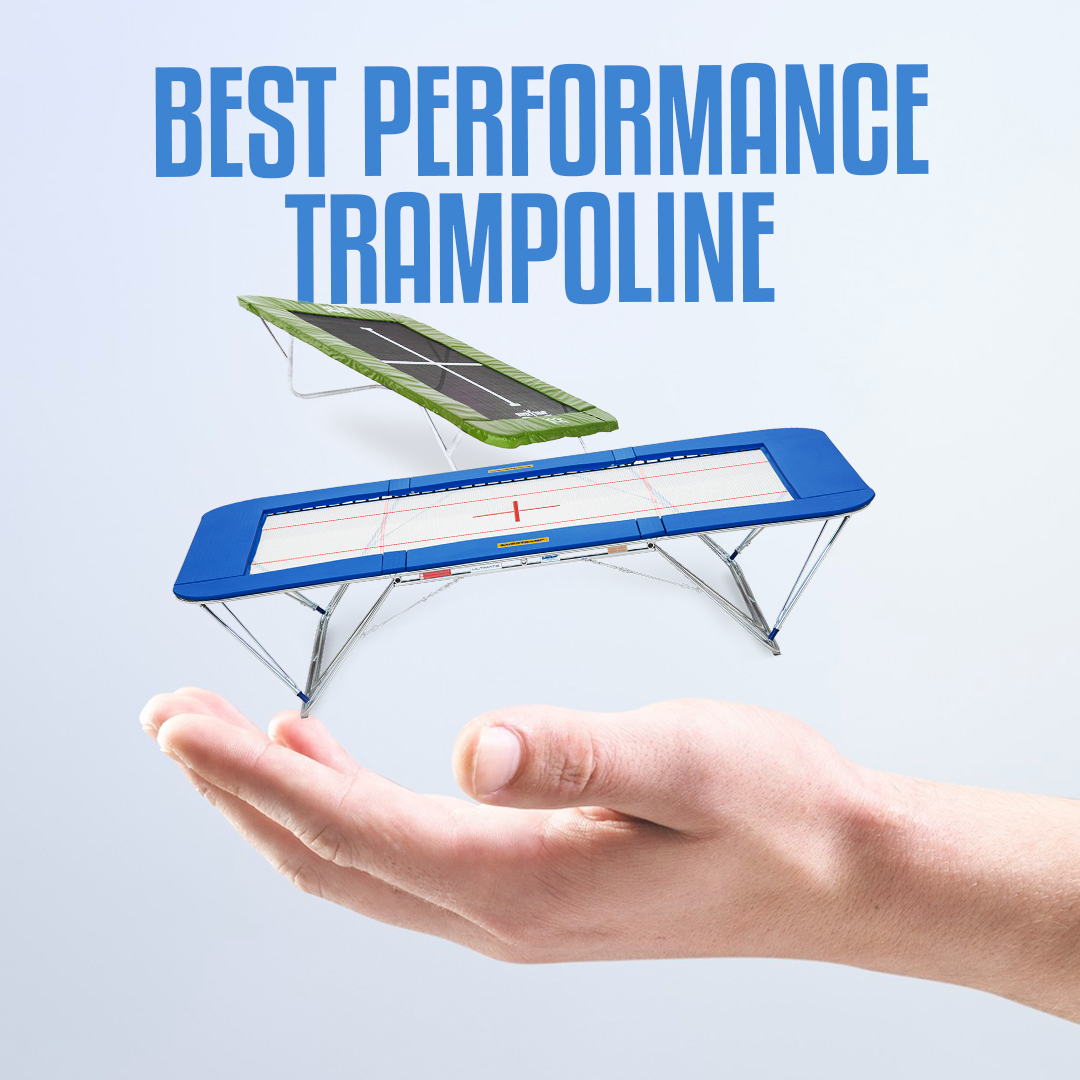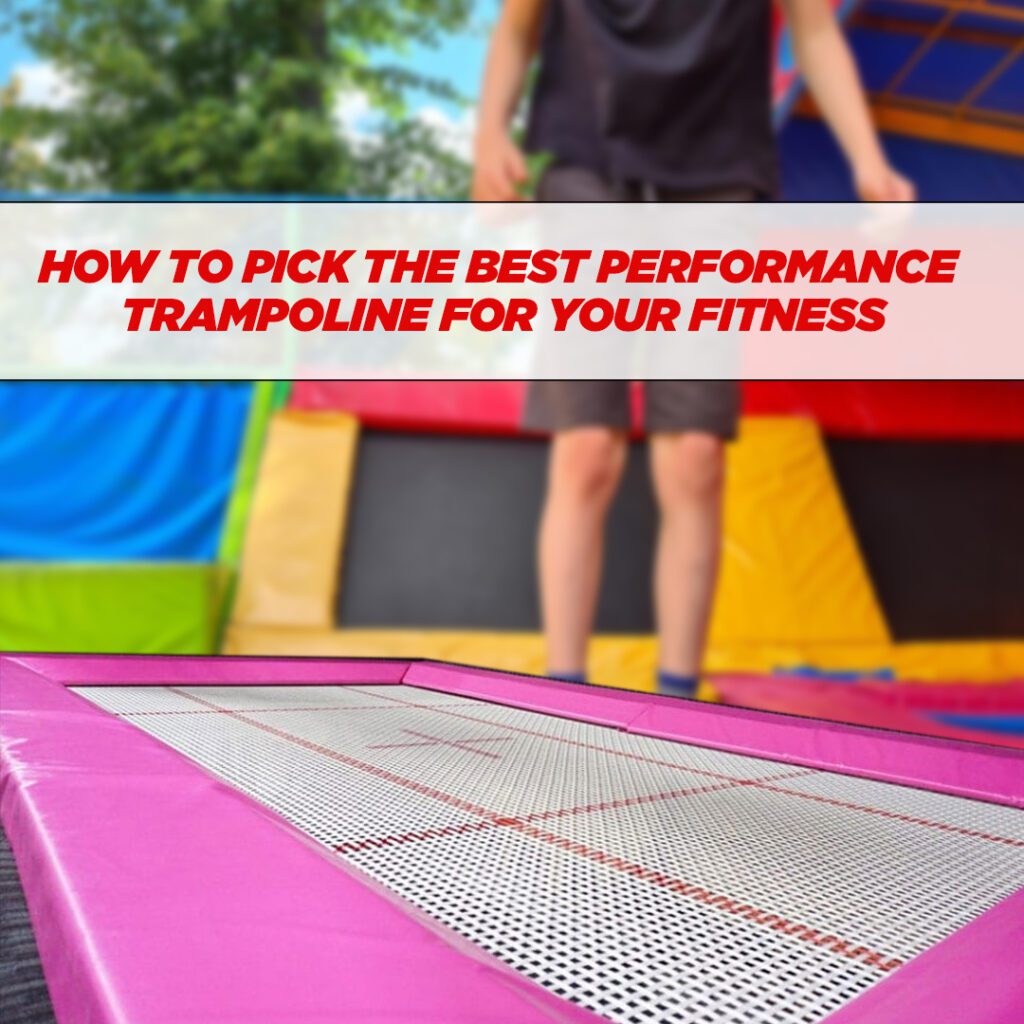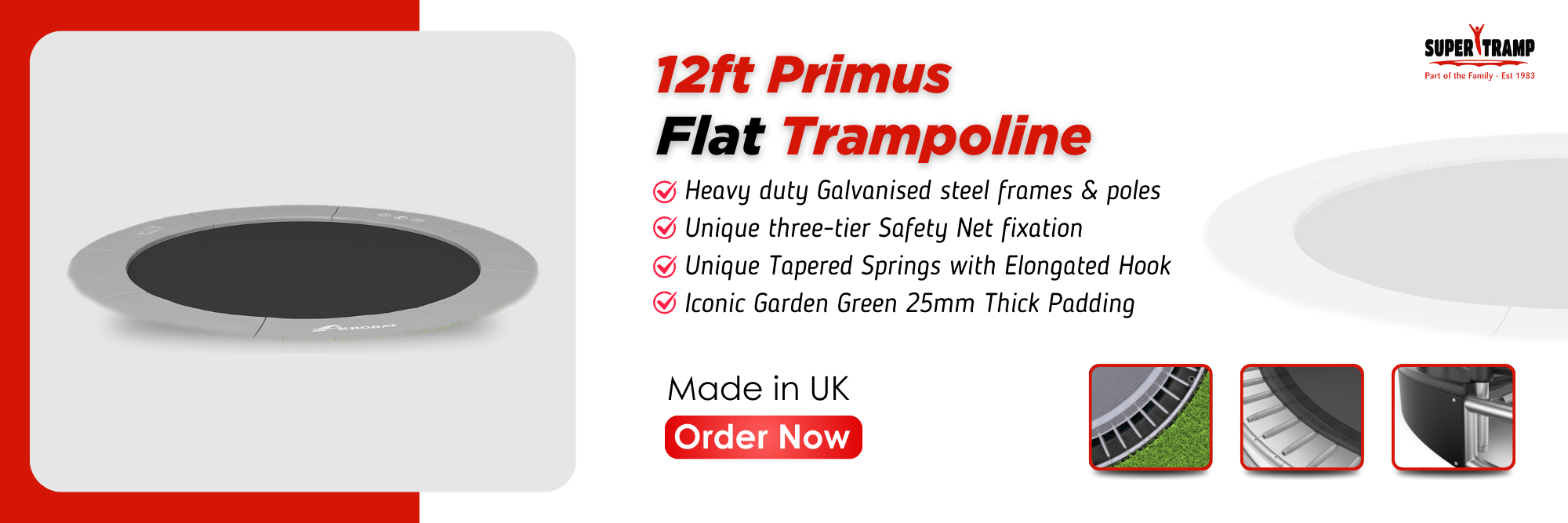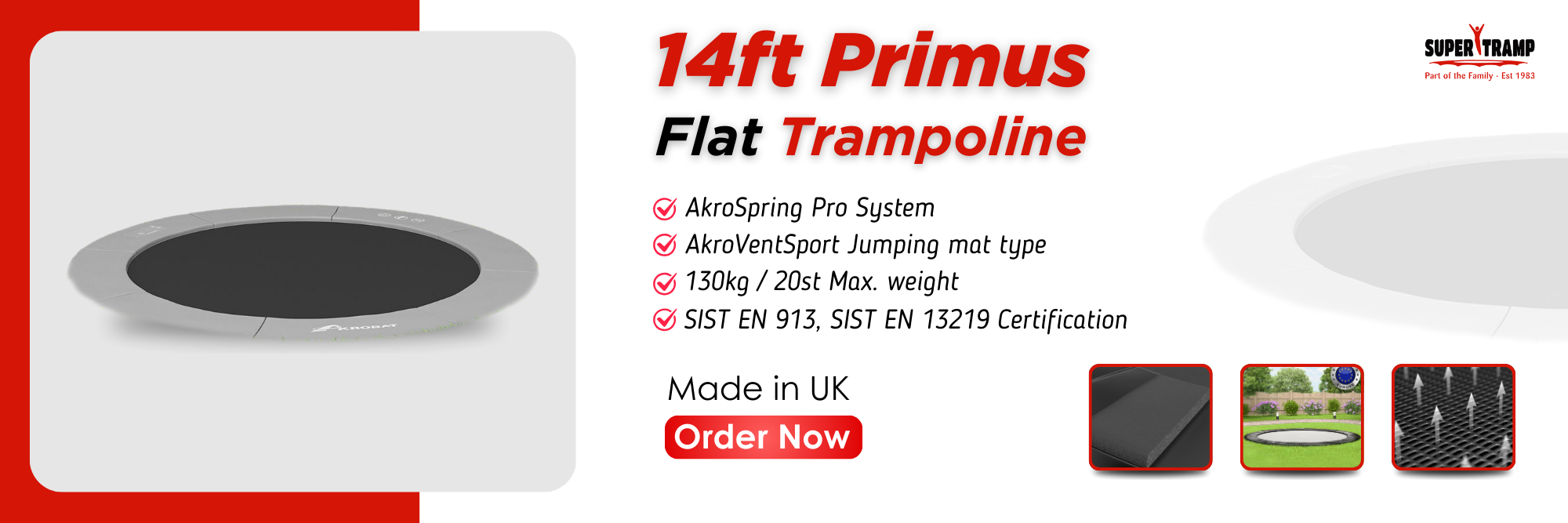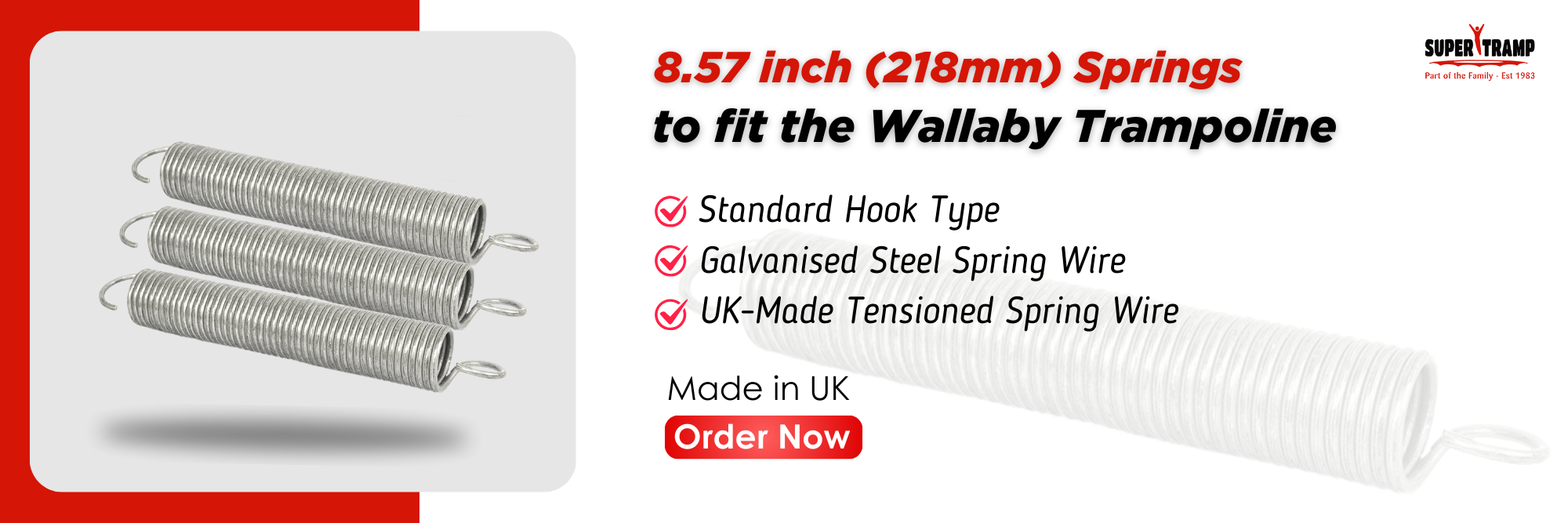Trampolining has become an increasingly popular form of exercise in the UK. To get the most out of trampoline sessions, choosing a high-quality performance trampoline designed for exercise is essential. Trampolining provides an effective cardio workout and improves balance, coordination, and core strength. As people seek fun and engaging ways to exercise at home, trampolines have become a go-to option.
Table of Contents
ToggleBut with so many trampolines on the market, how do you choose one that will give you the workout you need? Don’t worry; we’ve got you covered. In this article, we’ll walk you through everything you need to consider when purchasing a performance trampoline, from size and weight limits to safety pads and springs.
In this blog, you will learn about the performance trampoline, how to choose one and how it helps you achieve your fitness goals.
Health Benefits of Trampolining
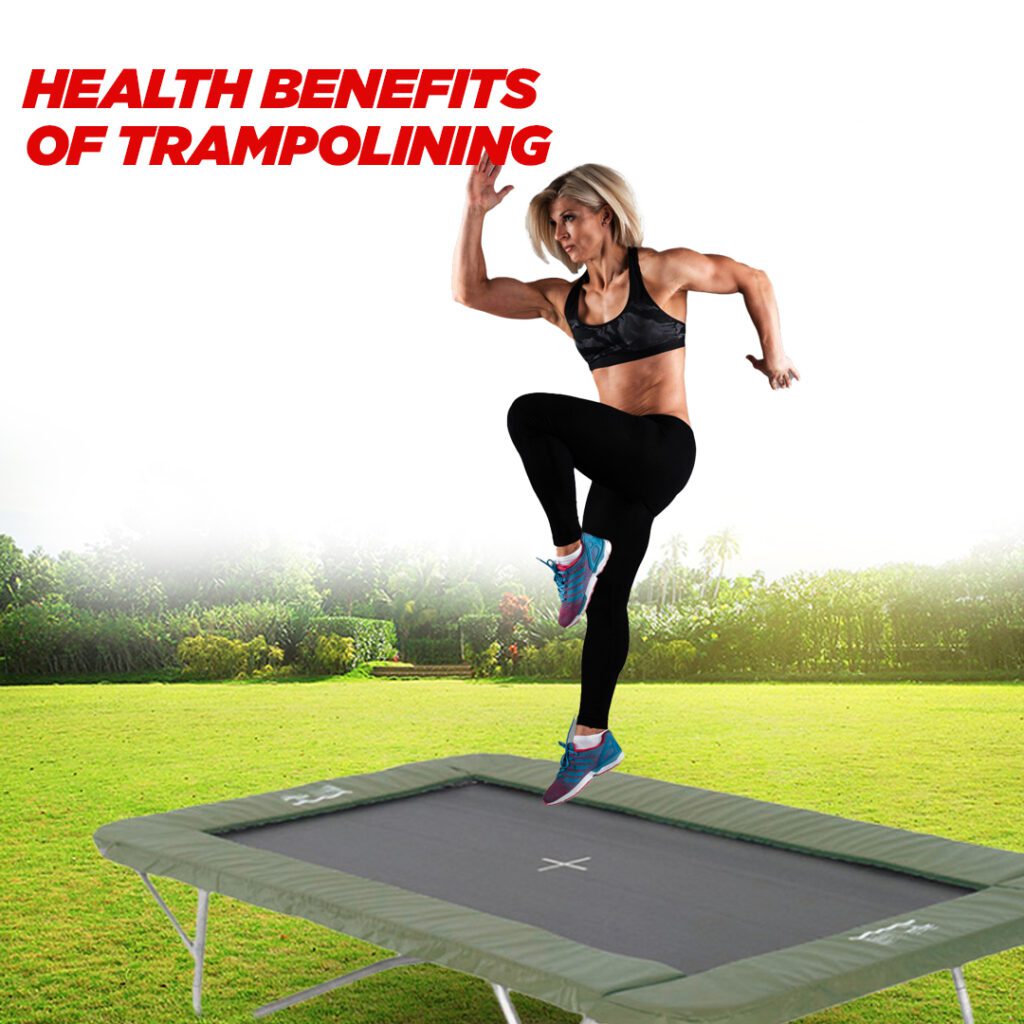
Trampolining provides some significant health benefits that shouldn’t be overlooked. It’s a fun exercise for people of all ages and fitness levels.
Improved Cardiovascular Health
Trampolining gets your heart pumping and improves cardiovascular fitness. Just 15-20 minutes of jumping can provide an effective cardio workout. Studies show trampolining burns more calories per hour than jogging without the impact on your joints.
Enhanced Muscle Strength
Bouncing also helps strengthen your core, leg, and glute muscles. It improves muscle power and endurance. The constant acceleration and deceleration also help with balance and coordination. Trampolining is ideal for building stronger bones and improving joint mobility as you get older.
Low Impact Exercise
Unlike many other forms of exercise, a performance trampoline provides an intense workout without stressing you out. It reduces stress on ankles, knees, hips and the lower back. This makes it accessible for people of all fitness levels, including those with injuries. It’s easy on the joints but provides an effective cardio workout.
Improved Spatial Awareness
Jumping on a large 12ft trampoline helps enhance your spatial awareness and body control. The unpredictable bouncing surface challenges your balance and reflexes. This can improve your coordination, agility, and motor skills over time. Studies show trampolining leads to better balance, flexibility, and kinesthetic sense.
Stress Reduction
Trampolining releases endorphins that can boost your mood and act as a natural antidepressant. Just a few minutes of bouncing can release feel-good hormones that help reduce stress and anxiety. The rhythmic and repetitive motion is also meditative, helping to calm the mind and relax the body.
In summary, trampolining has significant physical and mental benefits for health and well-being. From improving heart health to enhancing your balance and flexibility, trampolining provides an all-over workout for your body and mind.
Understanding Performance Trampolines

Let’s talk about the features that set performance trampolines apart.
Performance trampolines are designed for serious athletes and gymnasts to hone their skills.
Superior bounce
Performance trampolines provide a higher, more responsive bounce than standard trampolines. Their reinforced frames and tighter, high-tension mats are engineered to produce maximum lift and height.
Safety pads and netting
Performance trampolines also come with thick, high-density safety pads that wrap around the springs and frame. They help prevent injuries if you land off-centre or lose control from a manoeuvre. Many also have high netting around the sides for added protection.
Durable construction
Performance trampolines are built to withstand frequent use demands and the impact of more energetic bounces and landings. They have sturdier frames, often galvanised steel and weather-resistant mats of high-denier polypropylene fabric. This heavy-duty construction means a performance trampoline can last 5-10 years longer than a standard model.
Accessories
Performance trampolines usually offer additional accessories for skill progression. These include spotter arms for learning new moves safely, trampoline ladders or stairs for easy on/off access, anchoring kits to secure the trampoline to the ground, and trampoline tents to allow use during colder months.
With their premium design and accessories geared toward athlete training, performance trampolines provide a fun way to improve your skills and get a great workout. If you’re serious about the sport, investing in a performance model is worth the extra cost.
Considerations for Choosing a Performance Trampoline
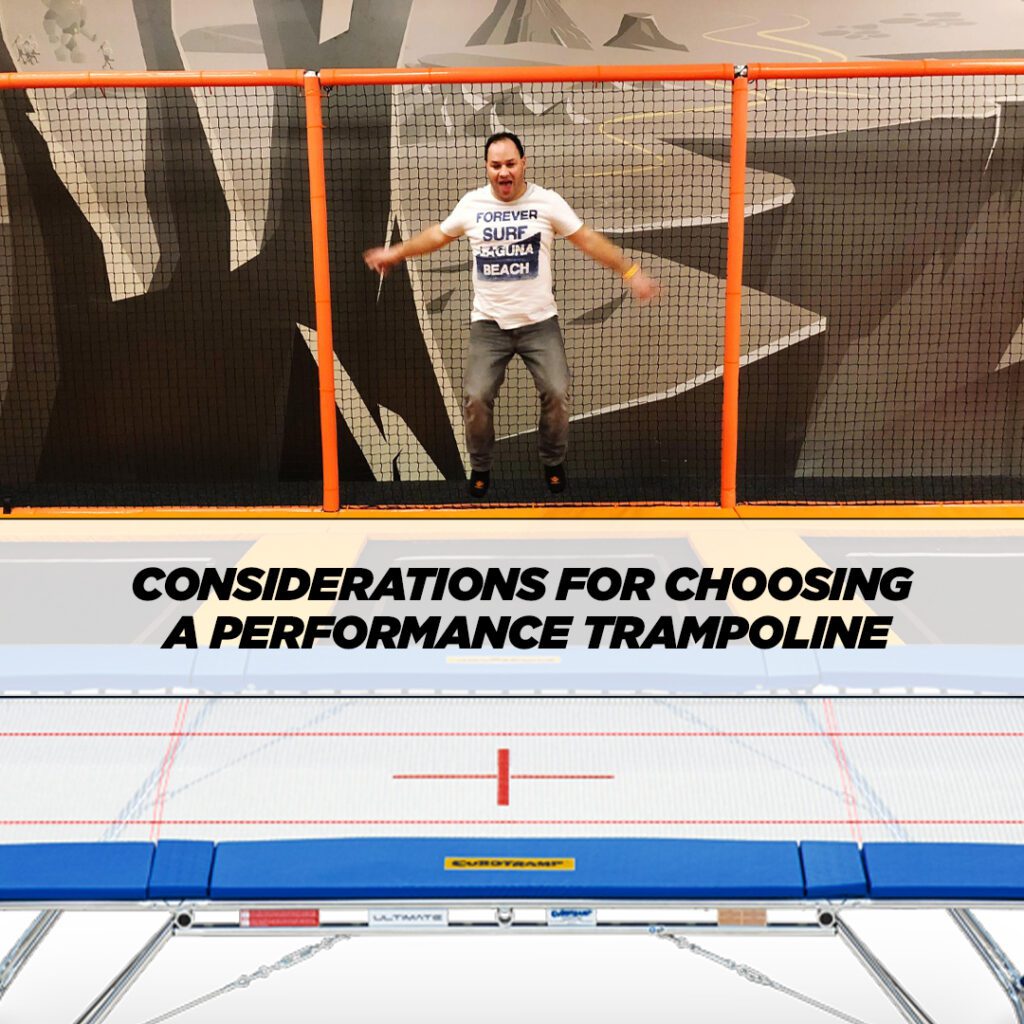
When choosing a performance trampoline, there are a few important factors to consider to ensure you select one suitable for your needs and that will provide safe, long-lasting use.
Weight Capacity
The max weight limit is one of the most crucial specifications. Make sure the trampoline you choose has a limit that can accommodate the combined weight of anyone who may use it at one time. For the best performance, choose a trampoline with a weight limit of at least 50 to 100 lbs more than the total weight of people using it. If the weight limit is too low, it can affect the bounce and shorten the life of the springs.
Durability of Materials
Look for a trampoline constructed of high-quality, weather-resistant materials that can withstand regular outdoor use. Galvanized steel frames and springs, durable netting and mats made of Permatron polypropylene are ideal for performance trampolines. These rugged materials are less prone to rust, fading and tearing, even when exposed to harsh weather conditions. Reinforced netting, zippered netting doors, and padded springs and frames also add to the durability and safety.
Mat and Spring Quality
For the best bounce, choose a trampoline with springs at least 5 to 7 inches long. Longer springs provide more lift and a softer bounce. The mat, or the jumping surface, should be made of tightly woven polypropylene mesh for maximum durability and bounce, which will help you to learn trampoline tricks. Look for a mat thickness of at least 1.2 millimetres.
Additional Features
Other useful features to consider include:
- Safety pads – To cover the frame and springs for protection.
- Anchor straps or stakes – To anchor the trampoline to the ground securely.
- Ladder – For easy on and off access. Ensure any ladder is also well-made and durable.
- Safety netting – Essential for preventing falls and injuries. Look for netting with a small mesh, preferably under 2 inches.
- Weather cover – To protect the trampoline when not in use.
Selecting a high-quality, performance-grade trampoline with the proper weight limit, durable materials, quality mats and springs, and useful safety features will help ensure many years of safe and enjoyable use for recreation or fitness purposes. Be sure also to follow all manufacturer guidelines for assembly, use and care to keep your trampoline in top shape.
Size and Space

Size and available space are two of the most important factors when choosing a trampoline for fitness. Larger 14ft trampoline provides more bouncing room, but you need to ensure you have adequate space in your garden and that the size will fit through any gates.
Measure Your Space
Before you start shopping:
- Measure the area of your garden where you want to place the trampoline.
- Allow at least 6 to 8 feet between the trampoline edge and nearby structures like fences, garage walls, or overhead power lines.
- Measure any gates or passageways the trampoline will need to fit through.
- Most performance trampolines are round and range from 10 to 15 feet in diameter. An ideal size for fitness is 12 to 14 feet.
Choose the Right Shape and Size
- Round trampolines are the most common and provide the most usable bouncing space, ideal for aerobic exercise and callisthenics.
- Rectangular trampolines can be good for some fitness purposes, providing more lift for jumping. However, they also have rigid angles that can cause injuries if bounced into. They may fit better in small spaces.
- An oval trampoline can be a good compromise, providing more usable space than a round one without hard edges. However, ovals tend to be more expensive.
Whatever size and shape you choose, measure all access points to ensure they fit and allow plenty of safety padding around the edges. The more room you have, your trampoline workout will be safer and more enjoyable. Remember that multiple people using it at once will also require more space.
Bounce Quality
The bounce quality of a trampoline has a significant impact on your performance and experience. The better the bounce, the higher you can jump and the more advanced skills you can perform. There are a few factors that contribute to a superior bounce:
Springs
Trampoline springs attach the mat to the frame and generate the lift that gives you that weightless feeling. Look for at least 72 heavy-duty galvanised steel springs, which provide more power and durability. The more springs, the better the bounce. Higher-performance models may have 100+ springs.
Trampoline Bed
Competition-grade trampolines use a high-quality polypropylene bed that is tightly woven to provide the most power and height. Avoid cheaper mats that feel loose or baggy, as they make skills harder to perform.
Safety padding
Thick safety padding, especially around the springs, also enhances the bounce. The padding protects you from landing hard on the springs or frame. Still, it also cushions your landing and propels you back up, increasing your perceived “lightness”. The thicker and more substantial the padding, the better.
Frame
A sturdy, well-made frame is essential for power and performance. Look for a heavy-gauge galvanised steel frame, preferably oval or round. Square frames tend to produce an uneven, angular bounce. The frame should have reinforced stress points to handle the forces generated by high-level skills and multiple jumpers.
Maintenance Tips for Longevity

To keep your performance trampoline in top shape for years to come, follow these maintenance tips:
Seasonal Weather Protection
When the weather changes, it’s essential to protect your trampoline:
- In the spring, inspect the trampoline for any damage or wear and tear from the winter. Ensure the safety padding, netting, springs and mat are securely attached and in good condition before using the trampoline.
- During summer, UV damage is a risk. Consider choosing the right trampoline cover when not in use to shield it from extended sun exposure.
- Add a waterproof trampoline cover once it is dry in the fall to protect it from rain, snow and ice over winter. Secure the cover in place to prevent shifting.
- For winter, ensure the trampoline is wholly covered. The cover should be tightly secured around the circumference of the frame using straps to keep snow and ice off the mat. Remove any debris from the cover top before it freezes to the surface.
Routine Maintenance
To keep your trampoline functioning well all year long, perform regular maintenance:
- Tighten or replace any loose or damaged springs as needed. This helps prevent sagging and ensures even bounce.
- Inspect the safety padding for tears or damage and replace it as required. Padding protects the springs and frame.
- Lubricate the frame’s spring hooks and pivot points with WD-40 or a similar lubricant to prevent squeaking.
- Inspect components every few months for heavy-duty or competitive trampolines used frequently to ensure optimal performance and safety.
These valuable tips will help your performance trampoline provide many high-flying years of enjoyment. Consistent care and maintenance are crucial to longevity.
Conclusion
Picking the right trampoline is vital for a fun and effective fitness routine. Bouncing on a trampoline has many health benefits and is a great exercise.
Performance trampolines are top-notch, with excellent features like better bounce and safety pads. They’re perfect if you’re serious about your workouts and want something that lasts.
Consider the weight limit, durable materials, and good springs and mats when choosing. Also, consider the size, space, and bounce quality. Taking care of your trampoline with seasonal protection and regular checks will keep it in good shape for a long time.
So, jump on, reach your fitness goals, and enjoy the perks of trampolining for a healthier you!
FAQ's
Is jumping on a trampoline really good exercise?
Yes, jumping on a trampoline is one of the best form of exercise. It improves cardiovascular fitness, strengthens muscles, enhances coordination, and provides a low-impact workout that is gentle on joints.
Is a 12ft trampoline big enough?
A 12ft trampoline is suitable for many households, offering ample space for enjoyable bouncing. Consider the available area, the number of users, and intended activities to determine if it meets your specific needs.
What to look for when buying a trampoline?
When buying a trampoline, consider factors such as safety features, size, weight capacity, frame durability, and quality of the mat and springs. Ensure it meets safety standards and suits your space and usage requirements.
How many years should a trampoline last?
The lifespan of a trampoline varies based on usage and weather conditions. With proper maintenance and care, a high-quality trampoline can last around 5-10 years. Regularly inspect and replace worn-out components to ensure safety.
Can you lose belly fat by jumping on a trampoline?
Jumping on a trampoline can contribute to overall weight loss and toning, including the abdominal area. It engages core muscles, promotes calorie burn, and, when combined with a balanced diet, can aid in losing belly fat over time.

